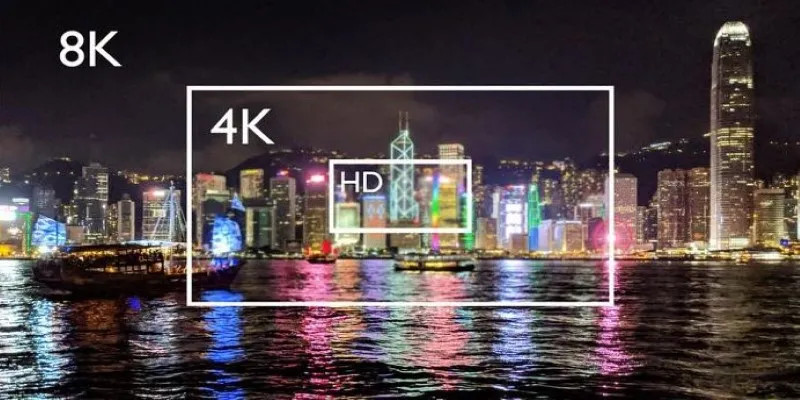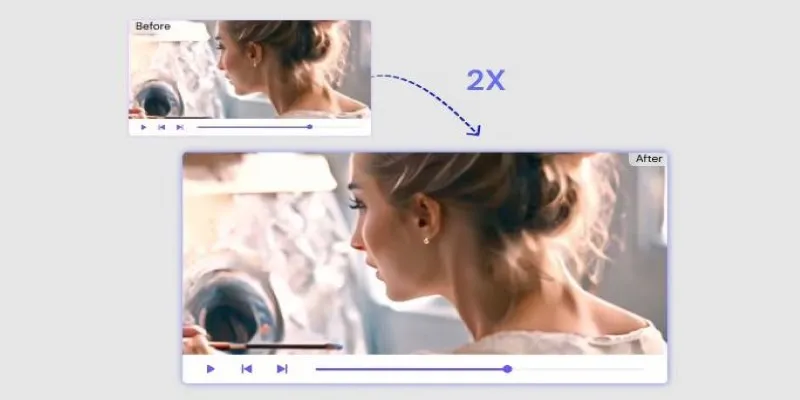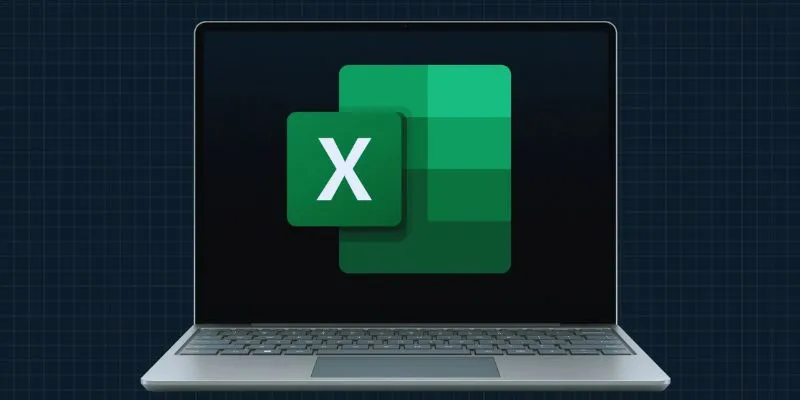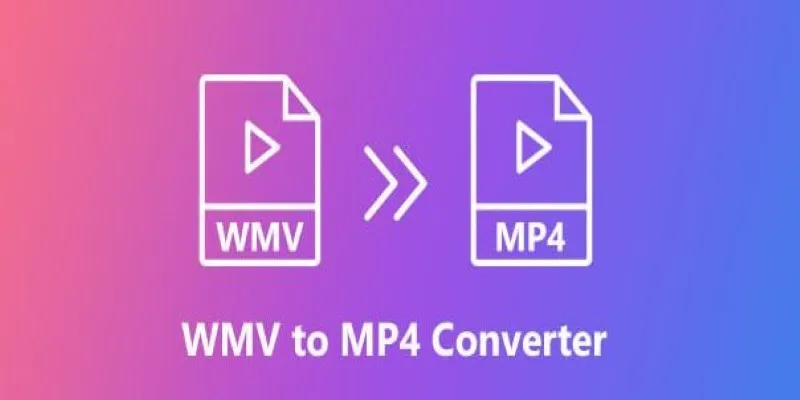Unpacking 2K Video Resolution: How It Shapes Video Quality
2K video resolution might not be the newest buzzword in the world of digital video, but it remains a vital standard in many industries. While 4K often steals the spotlight, 2K offers a compelling balance between image clarity and manageable file sizes. With a horizontal pixel count of around 2048, this resolution delivers crisp visuals without overwhelming hardware or bandwidth.
Whether in cinema, gaming, or content creation, 2K resolution strikes a sweet spot for professionals and creators alike. In this guide, we’ll break down the specifics of 2K video, how it compares to other resolutions, and why it still holds value today.
The Technical Backbone of 2K Resolution
To truly grasp 2K resolution, you need to understand how pixels shape the visual experience. In any digital display, resolution is the number of pixels employed to form the image on the screen. A 2K video resolution provides approximately 2048 pixels on the horizontal axis, with a vertical number of 1080 pixels in its most well-known form. This format is officially called DCI 2K, with DCI standing for Digital Cinema Initiatives, a consortium that sets technical standards for the film industry.
There is also a consumer-oriented version of 2K, which is sometimes mistaken for Full HD (1920 x 1080). It is similar, but with an additional 128 pixels on the horizontal plane in 2K, there is a little more detail. It’s a small difference, but to professionals cutting video or projecting onto big screens, every pixel matters. Those 2048 pixels are what make true 2K different from regular high definition.
Another point worth noting is the aspect ratio. DCI 2K usually adheres to a 17:9 format, wider than the typical 16:9 ratio found in most TVs and monitors. This makes it especially suited for widescreen cinema presentations. In fact, it was the default resolution for digital projection in theaters before 4K projectors became common.
Compression also plays a part here. While large, 2K video files are far easier to work with than 4K files. They require less storage, demand less from editing software, and can be rendered faster without a noticeable drop in visual quality for many applications. This makes 2K an efficient sweet spot, especially for filmmakers or content creators who want to maintain quality without pushing their hardware to its limits.
How 2K Fits in the Bigger Resolution Picture?
When comparing video resolutions, it helps to understand where 2K fits relative to others like HD, Full HD, 4K, and even 8K. Many people assume “more K” is always better, but that’s not necessarily true—at least not in all situations.

Let’s take Full HD, which is 1920 x 1080 pixels. That’s the resolution most people are familiar with from watching YouTube videos, using webcams, or streaming TV. 2K slightly edges this out with its 2048 x 1080 dimensions. While the difference is subtle, the 2K format has more breathing room for digital effects, color grading, and widescreen compositions, especially when working on larger displays.
Then there’s 4K, usually defined as 3840 x 2160 for TVs (commonly called UHD) or 4096 x 2160 for cinema (DCI 4K). On paper, 4K packs four times as many pixels as Full HD, offering sharper visuals and more flexibility in editing. But that also means heavier file sizes, more demanding hardware, and longer rendering times. If you’re shooting a documentary or a YouTube series on a limited setup, 2K can be a practical compromise—it delivers a clean image without bogging down your workflow.
When you consider streaming and online platforms, most people still consume content on screens that can’t fully display 4K, or they don’t have the bandwidth for smooth 4K playback. Uploading 2K video, especially if encoded properly, often results in better streaming performance and fewer buffering issues without a major drop in perceived quality.
Even in the gaming world, 2K resolution—often referred to as 1440p in that space—offers a sharper experience than 1080p without needing the expensive GPUs that 4K gaming demands. Many gamers see it as the ideal middle ground between performance and visual fidelity. It doesn’t overtax the system, yet it provides a noticeable upgrade in detail.
Where You’ll Actually Find 2K in Use Today?
Despite the growing prominence of 4K and 8K, 2K resolution remains relevant in many areas today. In the film industry, it’s still a standard format, particularly for independent films and short productions, where 4K workflows may be unnecessary. Many digital cinema projectors in theaters are also optimized for 2K, making it a popular choice for theatrical releases.

In post-production, editors and colorists frequently work with 2K proxies of higher-resolution footage. These proxies are easier and faster to process and provide enough detail for fine-tuning edits. Once the editing is complete, the final output can be upscaled or replaced with 4K footage for distribution, saving both time and computing power.
For content creators and YouTubers, shooting in 2K strikes a balance between quality and upload speed. Viewers typically won’t notice a significant difference in pixel quality between 2K and 4K on smaller devices, but creators benefit from faster export times and smoother editing.
In the professional photography and video market, 2K cameras are still used, especially for cinematic projects or situations where storage and processing power are concerns.
Finally, in security systems and webcams, 2K resolution is becoming a popular choice. It offers sharper image clarity than Full HD without excessive file sizes, providing better identification and detail in surveillance footage.
Conclusion
2K video resolution continues to be a valuable tool in both professional and consumer spaces. While 4K and higher resolutions dominate, 2K offers a practical balance between visual clarity, file size, and performance. Whether for digital cinema, video editing, or content creation, 2K remains a reliable choice, providing excellent quality without overwhelming hardware or storage. For many, 2K resolution offers just the right level of detail, making it an enduring standard that holds its own in today’s high-definition world.
Related Articles

LightCut 2025 Review: The Best Video Editor for Android and iPhone

How to Change Video Frame Rate: 5 Best FPS Converters

Effortless Steps to Convert and Upscale Video to 4K Resolution

Best Tools: 4 Video Players for Frame-by-Frame Analysis

The Art of Editing: Building Engaging Video Montages

Fix Low-Quality Videos Fast: 3 Best AI Upscalers (2025)

Choosing the Right 4K Video Upscaler: Top Five Picks

Upgrade Your Videos: 7 Smart AI Enhancers

Make Any Video Compatible with a Reliable Video Converter

Descript Review: Simplify Audio and Video Editing Like Never Before

AVCLabs Video Enhancer AI: Is It Really Worth Your Trial?

Improve Your Videos with These Top 4 Free AI Video Enhancers
Popular Articles

Getting Real Results from an Internet Speed Test

Top 5 M3U8 Converters for Seamless Online and Offline Playback

Unlock the Power of Automation: 6 Ways to Automate Microsoft Excel

Explore the Best Shopify Alternatives in 2025 for Building Your Perfect Online Store

How to Convert WMV to MP4 Without the Internet: 7 Offline Tools

Top 9 Apps to Identify Anything Through Your Phone's Camera

See You Skype: Upgrade Your Experience with These 10 Alternatives

Maximize Your Revenue with These Best Marketing Tools for Restaurants

Efficient Text Separation Techniques for Excel and Google Sheets

7 Simple Steps to Remove Background Noise from Your Video

10 Best MP4 Players for Windows in 2025 You Need to Try

 mww2
mww2